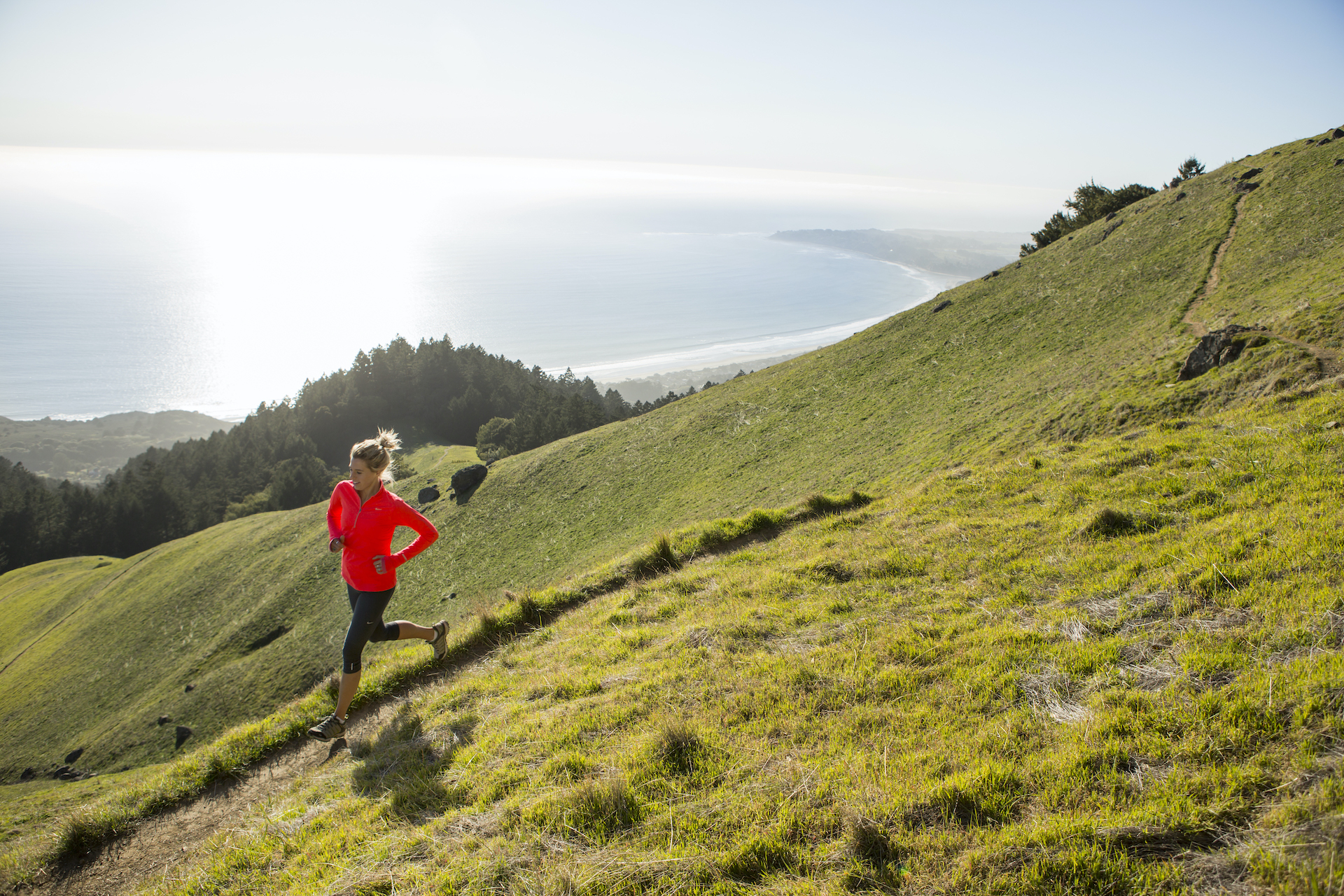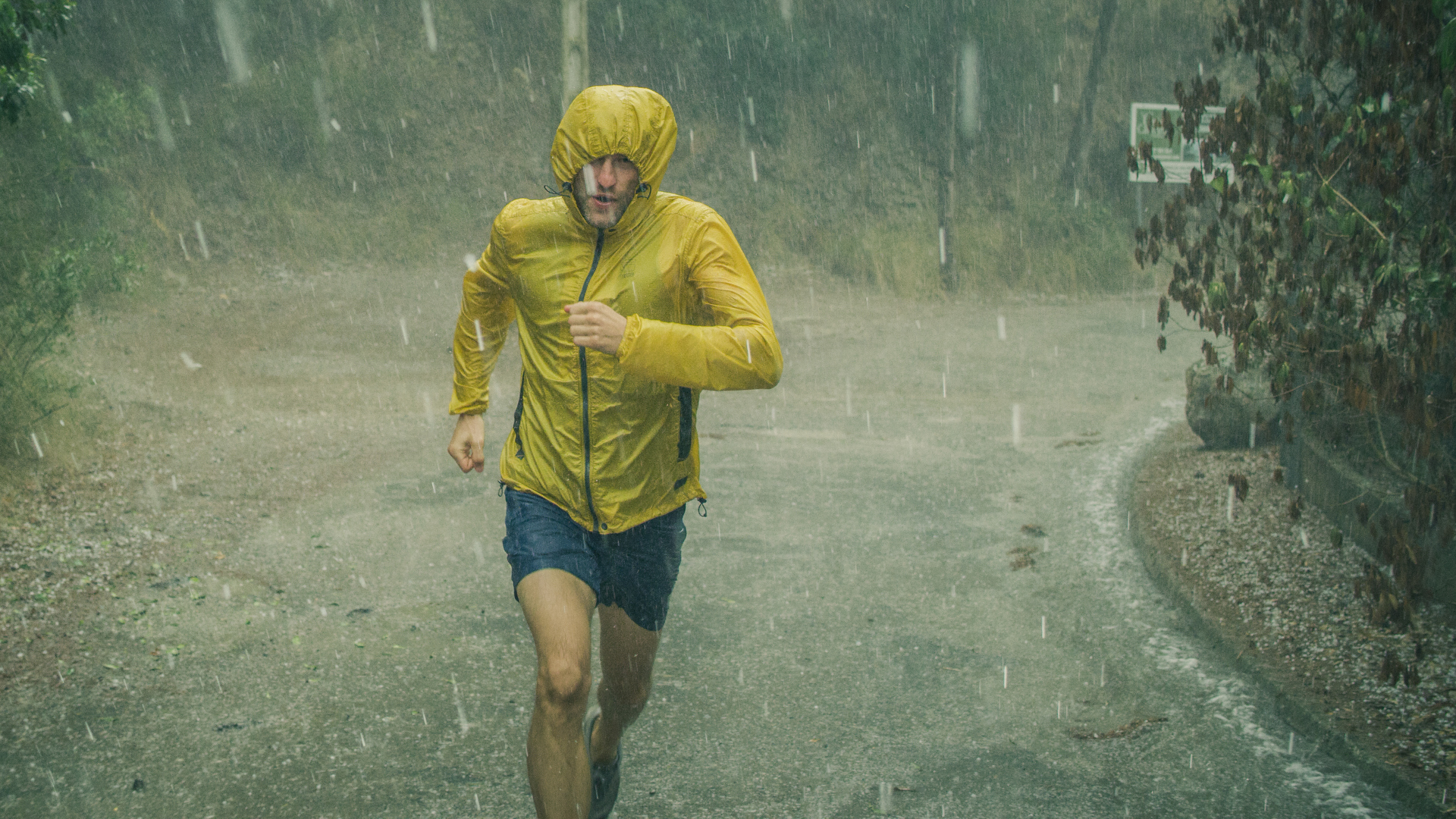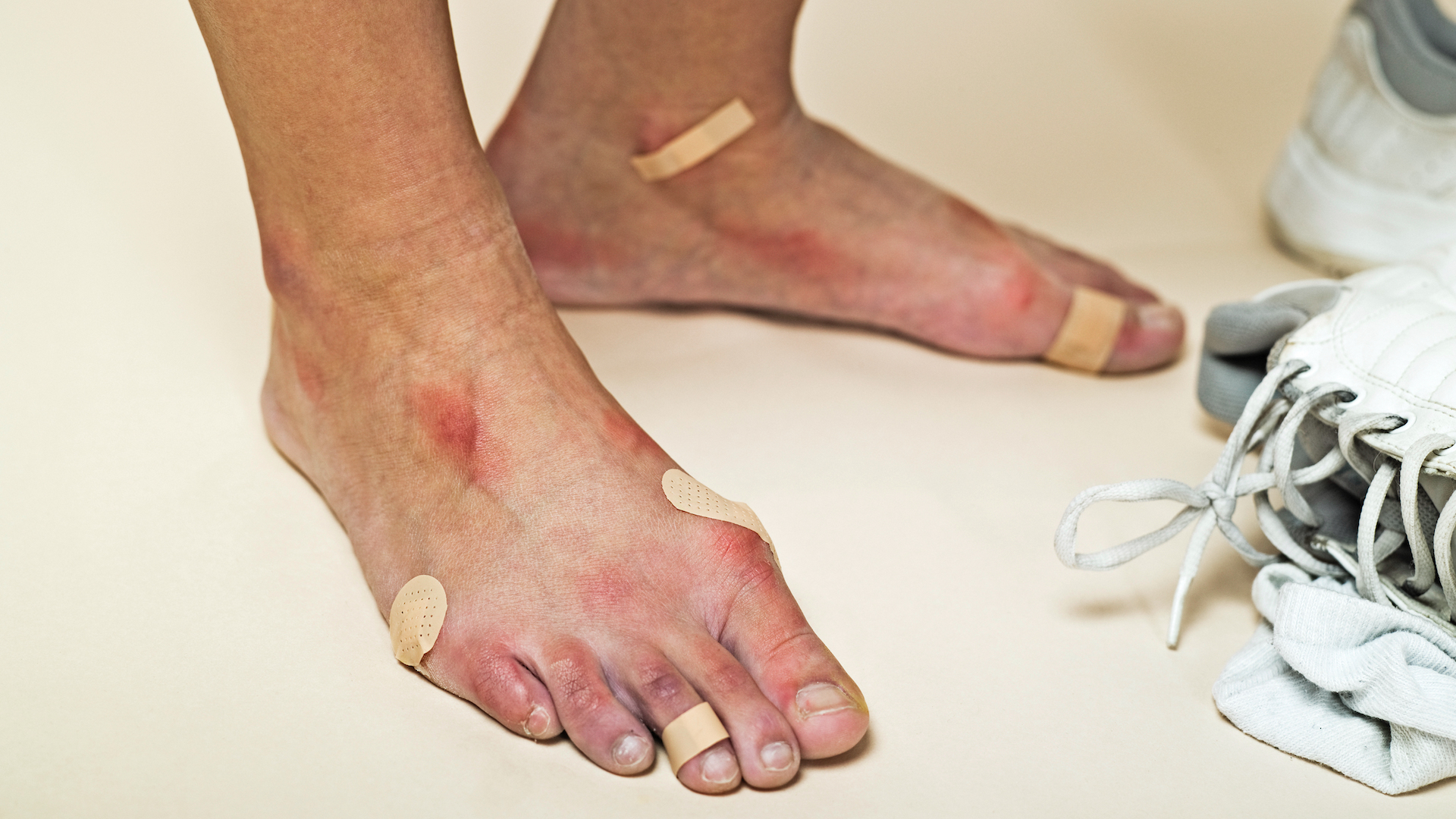
There are two main types of multi-day ultra running races – non-stop and stage races. The non-stop variety sees everyone aiming to finish in the shortest number of days and hours possible, trading a good night’s sleep for a hallucinatory jog and the odd power nap.
The Barkley Marathons (just completed in spectacular style by Britain’s Jasmin Paris) and the UK’s Spine Race are famous examples of non-stop multi-day ultras. In contrast, the more civilized stage race has a set distance each day and everyone stops at the same place overnight. Here there is usually a hot meal, cake, definitely plenty of chatter, possibly even a shower (or a river!) and a sleep (of sorts – remember your ear plugs) in a sleeping bag in a tent or school hall.
Whichever type of multi-day ultra race lures you in like a Venus fly trap, here are eight bits of vital advice for getting out alive from elite mountain runner Shane Ohly. Shane is also the founder of Ourea Events, which organizes the infamous six-day Dragon’s Back Race across Wales, the eight-day Cape Wrath Ultra in Scotland, the Salomon Skyline Scotland, and the Silva Great Lakeland 3Day navigation event.
1. Avoid overtraining

“The biggest mistake multi-day hopefuls make is overtraining the month and week before the event. Every year there will be a certain number of folk who fail to make the start line (DNS: did not start) because they’ve picked up a late injury through overtraining and panic training in the few weeks before the race. Ideally you need a whole year to prepare and train for a long expedition-style race with a slow and steady buildup rather than cramming it in at the end.”
2. Set off slowly

“Setting off slowly and pacing oneself is one of the key elements to successful ultra running of any distance, and in the case of a multi-dayer this can mean reining in the pace over the first two-to-three days rather than just the first few hours. Anyone can win the first day of an eight-day ultra, but not everyone will get to the end in one piece. Chatting-pace is king in these monster races.”
3. Be more ladylike

“It’s well-documented that female participants on longer multi-day races are more successful than males as a percentage of finishers. One of the main reasons why, it seems, is that women are more likely to chill out and pace themselves better early on rather than getting caught up in competitiveness and going too fast too soon.”
4. Mix sweet and savory

“If it’s a stage race this might be less important as you satiate your savory yearnings morning and evening at camp. Depending on the day’s distance it may be doable on running gels and jelly babies, with minimal savory and salty snacks. However, with longer stage days or in a non-stop race you’ll definitely want to have access to sweet and savory food throughout as you create your own nutritional strategy, especially if the aid stations are very far apart.”
5. Take kit for all conditions

“If your race is a week long, the weather can change rapidly, so it’s important to pack for every kind of condition just in case the forecast isn’t right, and when is it ever right? It’s important to have all the mandatory kit at all times too. On a stage race you will have access to a drop bag overnight, so extras can be packed in there while you dress for each day. On a non-stopper you’ll have to carry more on your back unless there are very regular drop bag locations.”
6. Be ruthless with your regime

“On a stage race, at the end of each day, eat as much as you can, air your feet, sort any hotspots or blisters, get sorted for the following day, eat some more, then lie down and relax or sleep early. It’s very tempting to mill around spending extra time on your feet chatting to everyone, and before you know it it’s 11pm and you have a 6am start time. Take ear plugs for communal sleep spaces too.
“On a non-stopper, being efficient at checkpoints can shave hours off your race, so much like the advice for single-day ultras, know what you need to do before you get there, crack on with replenishing your supplies and if you’re not planning to rest or sleep, eat while you walk along the trail.”
7. Keep calm about the navigation

“Don’t rush the navigation even if you’re tired and pressured with cut offs looming. Taking just 10-30 seconds more to make sure you’ve made the right decision can be the difference between going the wrong way and becoming timed out or even more exhausted, and finishing the race.”
8. Know your “Why?” inside out
“The longer you’re in the ultra running zone, the more chance you have of experiencing some challenging low points, so it’s even more important it is to know why you put yourself through these gruelling races. Write the initials of your reason on your arm in marker pen, have messages from loved ones written on your fuel, have a photo of your beloved kids/dog/cat/hamster laminated and snuck into an easy-to-reach pocket.”
Top Advnture hack: foot care is king

“If you haven’t got feet, you can’t run an ultra. This is what I found by Day Four of the Cape Wrath Ultra in 2018. After three days rest I forced my swollen toes into my tent mate’s three-sizes-bigger shoes to complete Day Eight, but how I wish I’d cared for my feet better on that race, and taken a pair of shoes a size bigger. It would have made the race much more enjoyable and possibly even doable…?”
Advnture idea: why not run your own multi-day ultra?

Organized ultras and multi-dayers are fantastic, but they can be quite long, gruelling and require a high level of fitness and commitment, so consider running these routes under your own steam over a longer timescale or making up your own DIY challenge. For example, the coastal path of an entire island over six days like the 100-mile Raad ny Foillan on the Isle of Man. You need to be confident in your navigation skills, use a quality navigation app or you can hire a running guide to lead you. Grab a group of running friends and invent your own unforgettable running holiday at the right level for you.
- The best road running shoes: our top recommendations tested and rated







